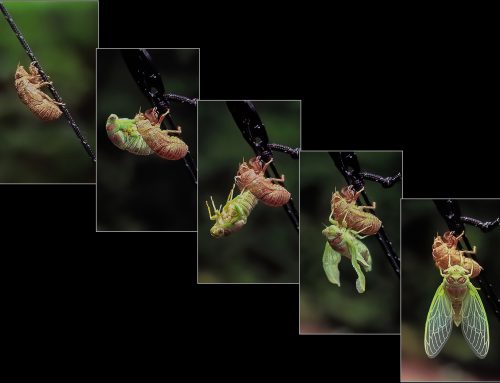On Wednesday (1 April 2020) Leighton Buzzard Photographic Club continued their new online activities with an illustrated “webinar” talk by Steven Galvin LRPS about “Panels and Triptychs”. And at the end he added a section on HDR imaging.
Steven works as a freelance photographer, judge and speaker. He has an IT industry background and is also a member of Marlow Camera Club. He has visited us on a number of occasions as a speaker and as a judge.
Steven has always been interested in art, photography, and computing, and in bringing them all together. His photographic interests include HDR, creative art, sport, action, underwater, natural history, landscapes and seascapes. His aim is “to create my own unique style of attractive, impactful, and compelling images”.
Delivering the webinar from his home in Marlow, Steven set out to discuss and demonstrate the concepts and techniques of panels and triptychs. And he had plenty of images to show us (both his own and other peoples). His objectives were to inspire and empower us and, along the way, entertain us.
Steven began with panels. These consist of three or more linked images which are displayed and judged together. The rules or requirements may vary according to the competition or other purpose for which they are produced. But they usually tell a story or relate a theme. They may be prints or PDIs. And they can be arranged for display in all sorts of ways.
Anyone seeking to achieve the LRPS distinction has to submit a panel of ten images (Prints or PDIs). These are assessed against four criteria – Camera Work and Technical Quality, Visual Awareness, Communication, and Overall Impression (which includes how the images work together, the variety of skills/techniques displayed, and “evidence of thought”).
Steven showed how this works by using his own LRPS journey and showing us his panels. His first attempt failed but he learned much from the experience, replaced six of the images in that first panel, and succeeded at the second attempt.
Triptychs are really a subset of panels and are either three separate, but very related, images or a single image divided into three sections. Typically they have a strong visual coherence across the three elements so that they “hang together”.
In religious art a triptych consists of three painted or carved sections that are hinged together and can be folded shut or displayed open. In photography the three elements are most often similarly arranged in a horizontal line to be read from left to right. But many different arrangements are possible and may have more impact. Steven encouraged us to be creative, stand out from the crowd, and make judges think!
How ever the elements are arranged, though, coherence and consistency are still vital. For example, any horizons should all be at the same level, the colour palette should be consistent, and backgrounds should not be wildly varied. The point of triptychs is that the whole is greater than the sum of its parts.
Steven illustrated his points with images – “the good, the bad, and the ugly” – from Croxley Camera Club’s annual Triptych Competition, discussing the shortcomings in many of these examples. He then went chronologically through his own triptychs showing how he had learned these lessons and improved over time.
He concluded that both panels and triptychs are rewarding and satisfying to put together. And they are a good way of learning (for example, about composition) and improving skills.
Steven then turned to “HDR in a post-HDR world” now that the photographic world seems to be moving on from the grossly over-processed digital HDR that had first appeared in a lot of competitions. His aim here was to show how HDR can be used positively.
HDR (high dynamic range) imaging is a technique used in photography to reproduce a greater range of luminosity (brightness) than is possible with standard photographic techniques. It has been around for years in one form or another and Steven gave us the history of HDR and the underlying theory (with lots of complicated stuff about “bits” and “channels”).
Steven also gave us lots of practical information about what shots to take (over, proper, and under exposing), how to use bracketing (ie, taking several shots of the same subject using different camera settings), and how to post-process the shots to get the right results. His own technique usually involves “hand-held HDR” where he does not use a tripod but quickly takes multiple groups of bracketed shots. He batch processes all the groups in a fairly broad-brush way to identify the best group which he then reprocesses with more care and attention.
In addition to bracketed groups of shots, Steven explained how you can also do “single image HDR” where a single shot is then post-processed at several different exposures. It is definitely best for this technique to shoot in RAW as this provides so much more data to play with. Single shot has some advantages over multiple shot HDR but is not as powerful.
Steven also explained how to apply HDR to only parts of an image (a bit like selective sharpening). It is not necessary to use HDR for the whole image.
Steven’s overall advice about HDR was to use it in moderation, not to overdo the effects, keep the camera still between shots, shoot lots of photos, and experiment with camera settings.
As we know from his previous visits, Steven is an experienced and engaging speaker. And his objectives of inspiring, empowering and entertaining us were fully achieved. His presentation included lots of pictures, lots of information and lots of stories – all delivered with plenty of humour. He packed masses into the time available. This was an interesting and stimulating evening for all who “attended”.





Leave a Reply